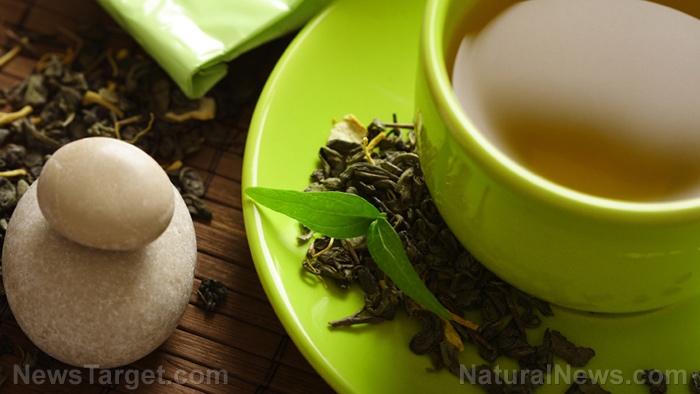
Advertisement
If you have mold in your house, you’re not alone, because even the International Space Station (ISS) has it. The astronauts on the ISS spend hours every week cleaning up the station’s walls to make sure the mold situation doesn’t turn into a full-blown health problem. But that’s not all, because new research suggests that the mold spores can survive even on the outside walls of the ISS, in the vacuum of space.
It turns out that one of the most common types of mold on the ISS, Aspergillus, can survive X-ray exposure at 200 times the dose that can kill a human being. This is according to Marta Cortesao, microbiologist at the German Aerospace Center, who presented her findings at the 2019 Astrobiology Science Conference. These and other kinds of mold spores are already known to be able to withstand extreme conditions, such as very low or very high temperatures, ultraviolet light and even exposure to certain toxic chemicals. It’s well-known that mold is difficult to eradicate. However, Cortesao’s study suggests that they may be even harder to kill than previously thought.
“If spores resist the space environment and high radiation, they might be able to resist space travel to various places,” said Cortesao. “So, it’s important to see how this mold is growing in space both inside the ISS and outside.”
Cortesao and her team exposed various strains of Aspergillus to various kinds and doses of radiation in a lab setting. These radiation doses were meant to simulate the radiation that they might possibly be exposed to while on a hypothetical space journey. They put the mold spores in petri dishes and blasted them with UV radiation, X-rays and heavy ions. Afterward, they counted how many spores were left alive.
Cortesao said that the spores were extremely resilient. They survived X-ray radiation of up to 1,000 gray, heavy ion radiation at 500 gray and UV radiation at 3,000 joules per meter squared. Gray is a unit of measure for the absorbed dose of ionizing radiation, or joules of radiation energy per kilogram of matter. “In comparison,” Cortesao said, “5 gray would likely kill a person. Though, humans are really bad at being resistant to anything.”
Moldy space trips
The approximately 180-day voyage from Earth to Mars would expose the spacecraft and its passengers to a cumulative dose of around 0.7 gray. This means that mold residing in the space vessel can be expected to easily survive the radiation bombardment. Cortesao even speculates that mold can be brought along to make natural antibiotics and other medicines for the spacefarers. She also stated that other microbes might be able to come along for the journey, provided that they survive the radiation blasts. (Related: A trip to Mars would heavily irradiate astronauts with potentially deadly doses of cosmic radiation.)
Furthermore, Cortesao’s research puts a spotlight to planetary protection protocols. These protocols are put in place to make sure other planets aren’t contaminated with bacteria from Earth by visiting spacecraft. If fungal spores can survive the trip, they need to be taken as a more serious threat by space agencies like NASA.
While Cortesao’s research was groundbreaking, it failed to address the ability of fungal spores to withstand the conditions of space. This means that the radiation exposure is just one factor in the environment. The lack of gravity, extremely cold temperatures and the fact that space is a vacuum must also be considered. Future experiments on fungal spores need to test whether they can grow and live in these kinds of conditions.
“We now know that fungal spores resist radiation much more than we thought they would,” said Cortesao, “to the point where we need to take them into consideration when we are cleaning spacecraft, inside and outside. If we’re planning on a long duration mission, we can plan on having these mold spores with us because probably they will survive the space travel.”
Sources include:
Advertisement
Advertisements
















